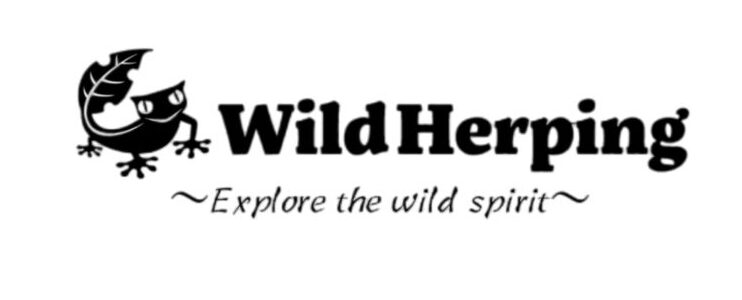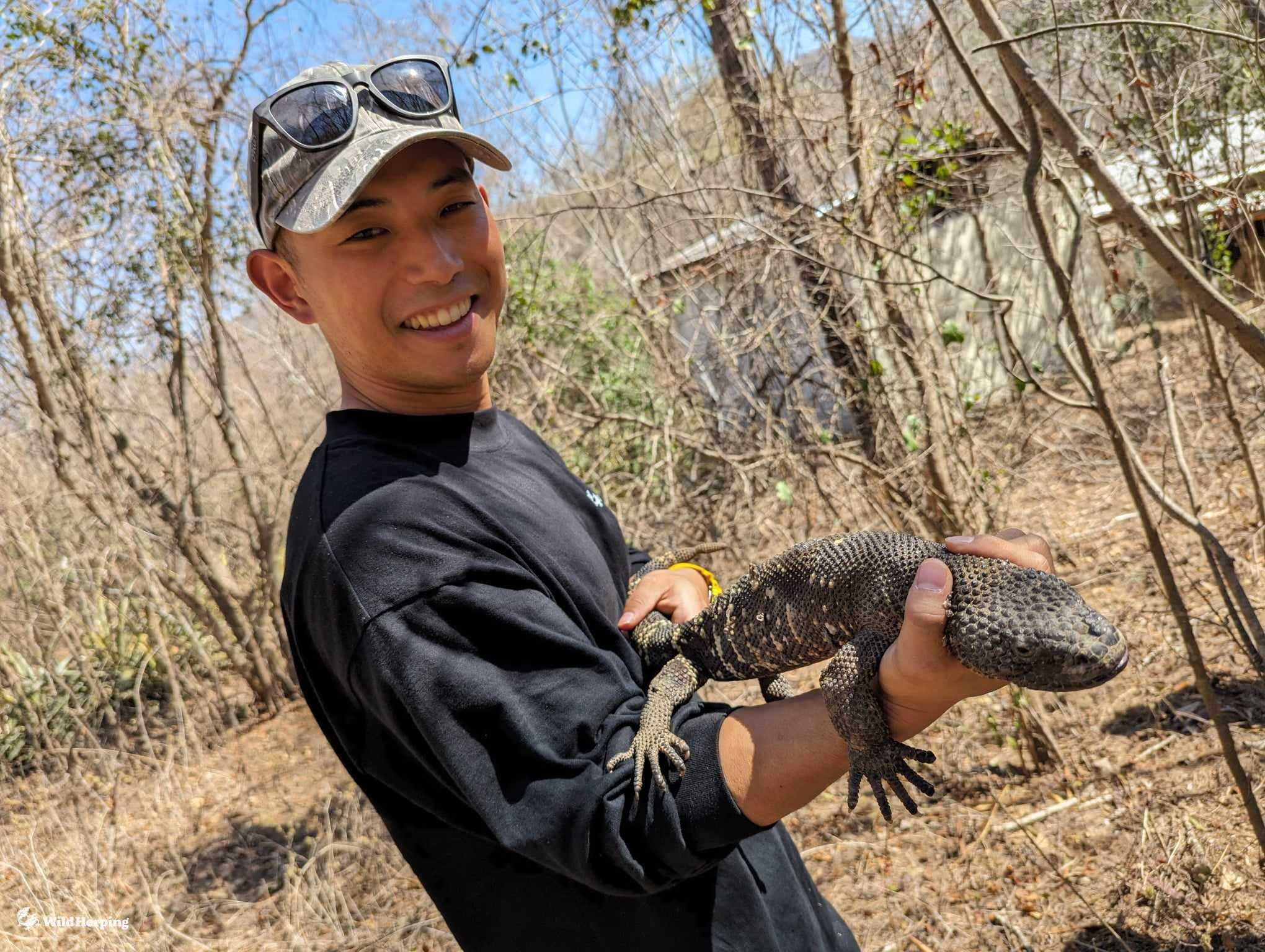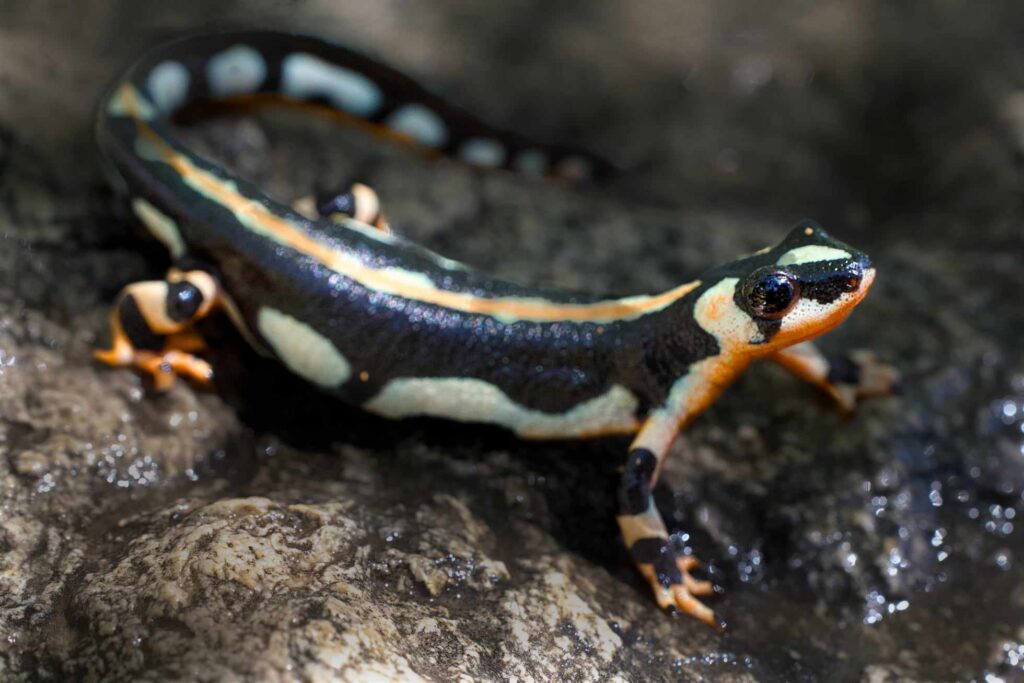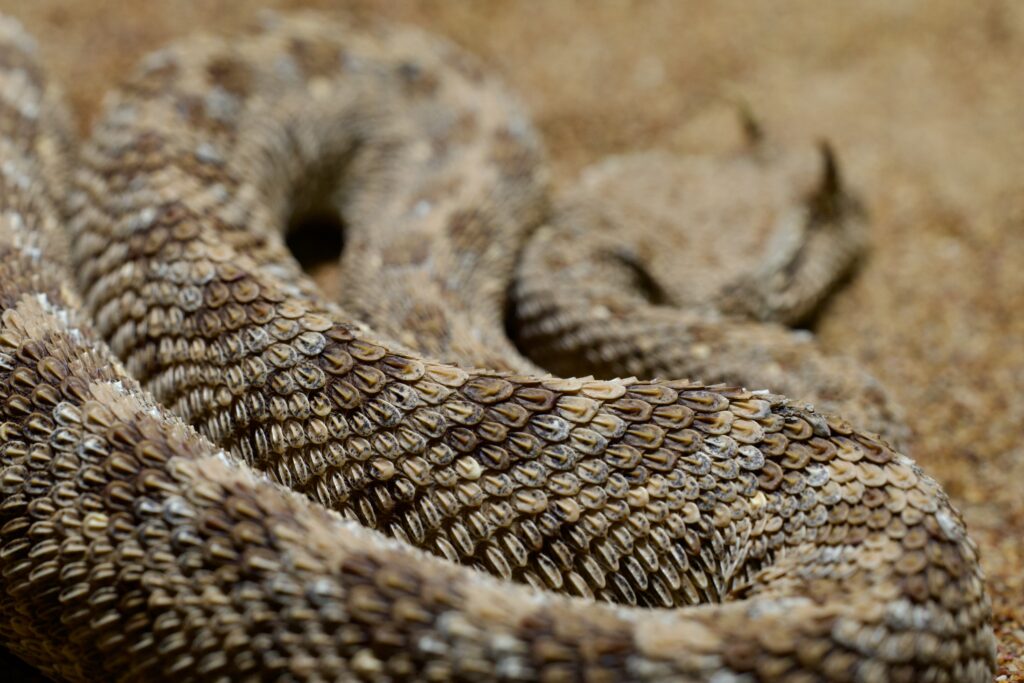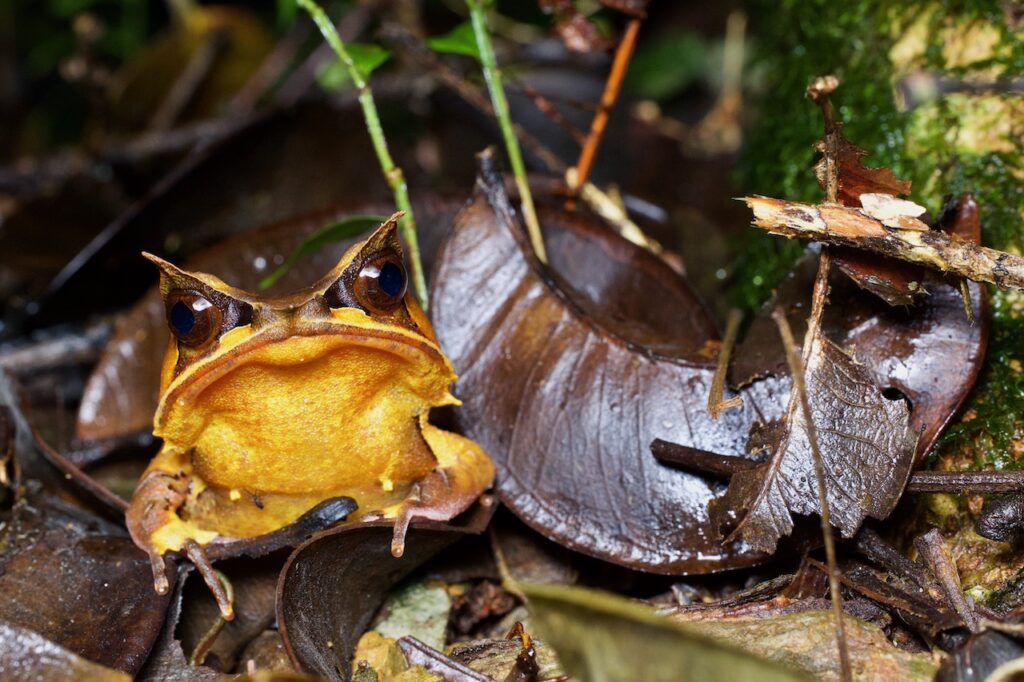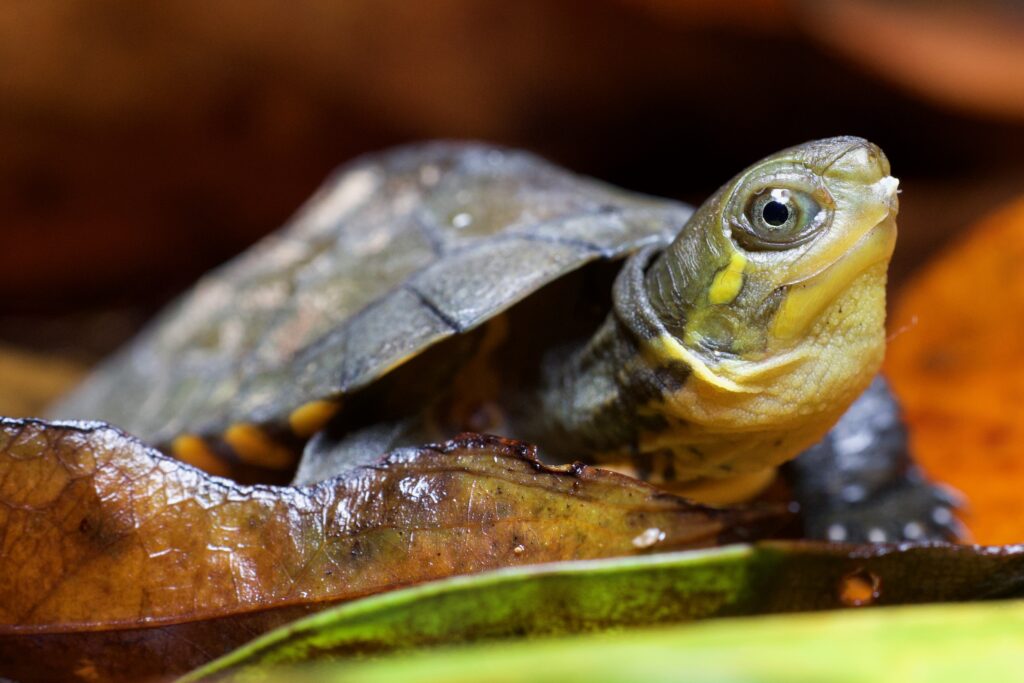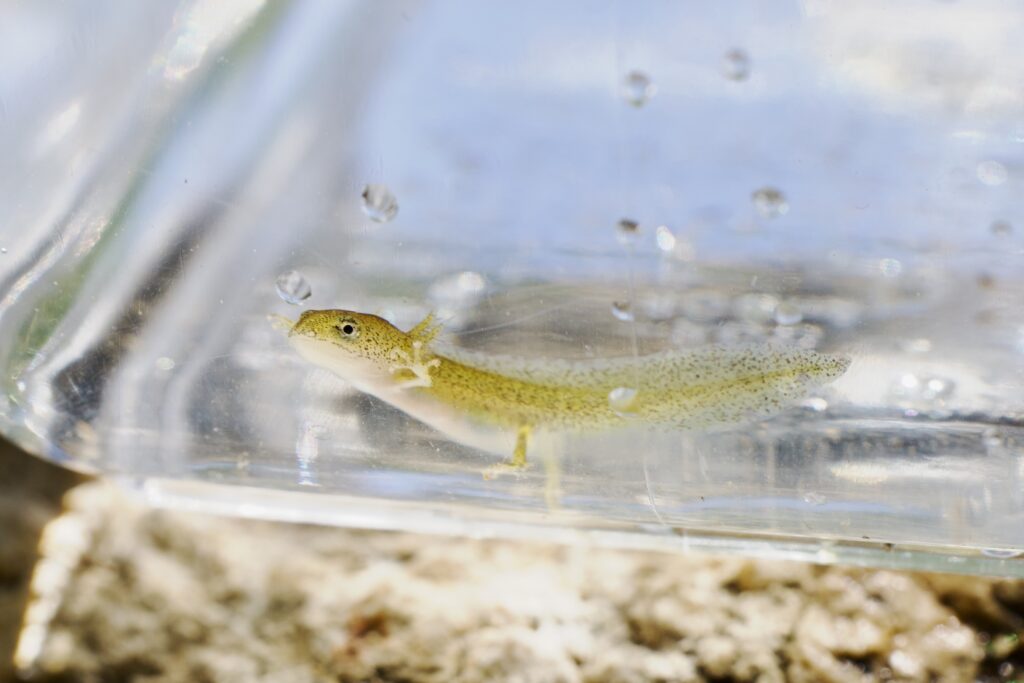Reptiles and amphibians are often grouped together in discussions, but they are quite distinct from one another. However, both are loved by herping enthusiasts due to their unique charm, which can sometimes blur the lines between them. In this article, we’ll explore the key differences and similarities between these fascinating animals.
Do Their Eggs Have Shells?
One of the most important differences is whether their eggs have shells. Amphibians lay eggs without hard shells, instead, they are surrounded by a gelatinous substance called an egg sac. While this sac protects the eggs from dehydration and impact, it is most effective in aquatic environments.
On the other hand, most reptiles lay eggs with hard shells, which can be laid on land in humid environments like soil or rock crevices. Because reptile eggs are resistant to drying out, they tend to lay fewer eggs compared to amphibians. For example, the Japanese tree frog (Hyla japonica)—a common amphibian—lays around 100 eggs, while the world’s largest snake, the reticulated python (Malayopython reticulatus), lays only about 40 eggs.
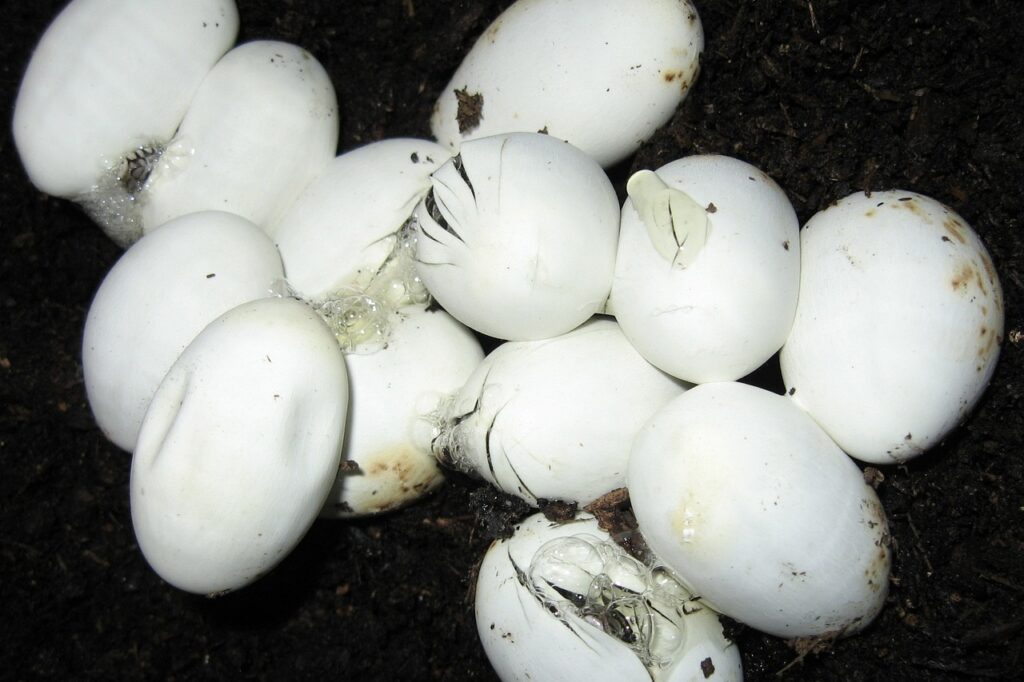
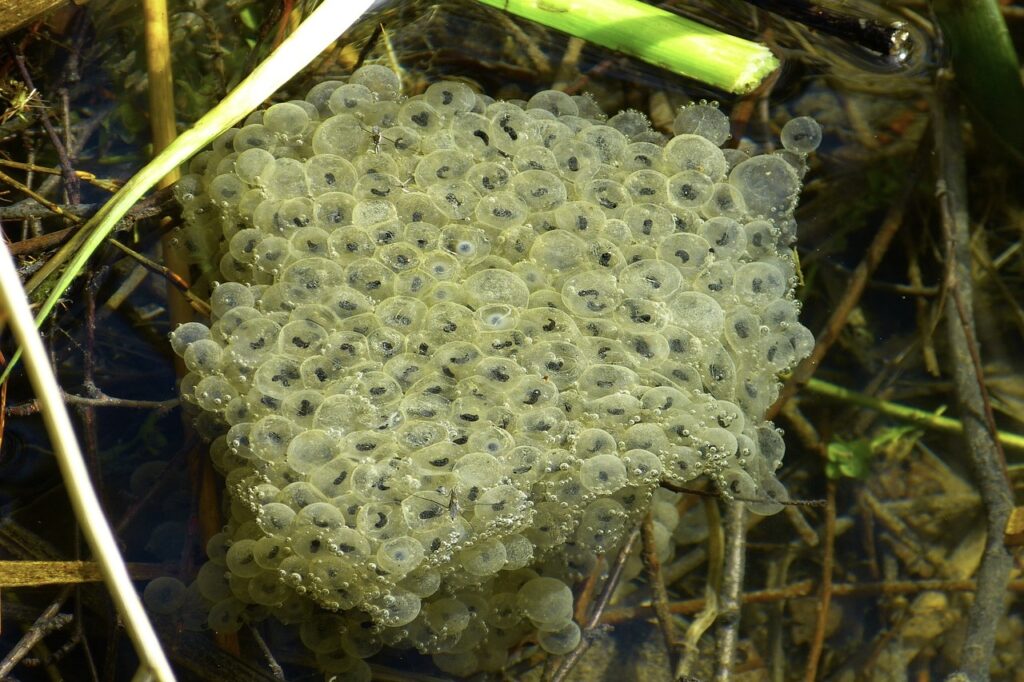
Do They Have Scales?
Reptiles, such as snakes and lizards, are covered in tough scales that protect them from injury and drying out. This adaptation allows reptiles to bask in sunlight and survive in dry environments. By increasing their body temperature through basking, reptiles raise their metabolic rate, enabling them to be active in their environment.
Amphibians, on the other hand, are different. As larvae, they live in water and breathe through gills. When they mature, amphibians develop lungs and begin living on land, but their lungs are not as efficient as those of reptiles. They rely heavily on skin respiration, which requires their skin to remain moist. If their skin dries out, they cannot breathe and will die. Amphibian skin is also highly sensitive to environmental pollutants, making them one of the most vulnerable animals to pollution.
Do They Look Like Mini Versions of Their Adult Forms?
Reptiles like snakes, turtles, and crocodiles look like mini versions of their adult forms when they are born. In contrast, amphibians like frogs, newts, and salamanders begin life with gills, adapted for aquatic living, and later transition to breathing through lungs and skin as they move to land.
Similarities Between Reptiles and Amphibians
Cold-Blooded Nature
Both reptiles and amphibians are ectothermic (cold-blooded) animals, meaning their body temperature varies with the surrounding environment. Because their metabolic rate is dependent on external temperatures, their habitats are often limited to warmer regions. Thus, many species of reptiles and amphibians thrive in tropical climates.
Lack of Hair
Unlike mammals, which are homeothermic (warm-blooded) animals, reptiles and amphibians do not have hair. Mammals use hair to help regulate their body temperature, but reptiles and amphibians adjust their body temperature through their environment, making hair unnecessary for them.
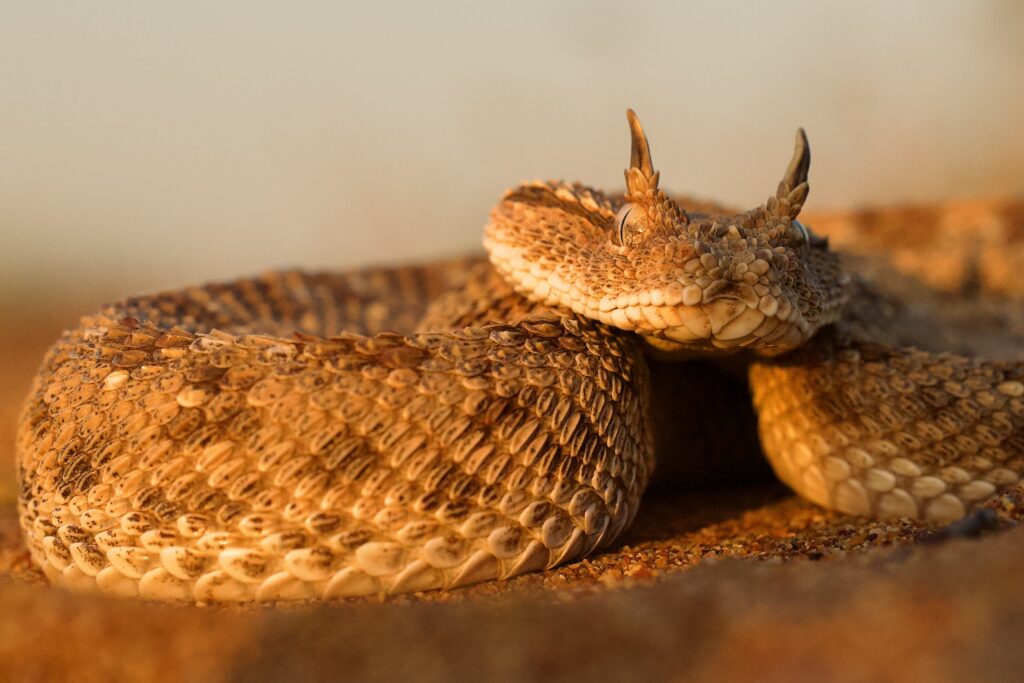
Hibernation During Winter
Many species of reptiles and amphibians that live in regions with cold winters hibernate due to the lack of sufficient metabolic energy to survive. This is another shared trait between the two.
Conclusion
These are some of the main differences and similarities between reptiles and amphibians. Due to their small size and limited movement capabilities, many species are endemic to specific areas. Amphibians, in particular, are heavily dependent on water sources for breeding, limiting their mobility even further. For example, the famous axolotl (Ambystoma mexicanum) only inhabits the lakes surrounding Xochimilco, Mexico. Unable to spread beyond their limited water sources, they are highly vulnerable to environmental changes and their population is steadily declining.
Reptiles and amphibians are special creatures, not only because of their unique adaptations but also due to their fragile ecosystems. Their sensitivity to environmental changes makes them particularly vulnerable to habitat destruction. To ensure these fascinating creatures continue to thrive, it’s crucial that we work to protect their natural habitats. By visiting their environments and witnessing their beauty and fragility, we can take the first step towards preserving these invaluable species.
